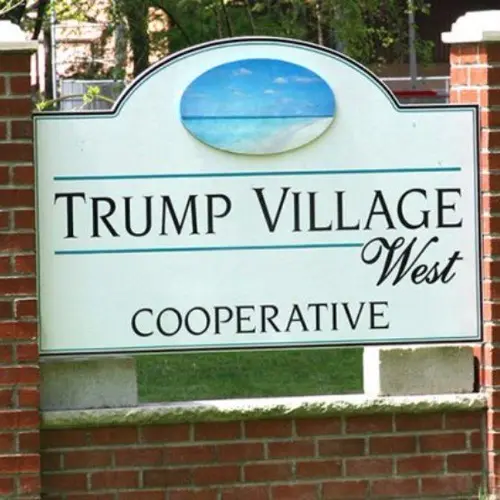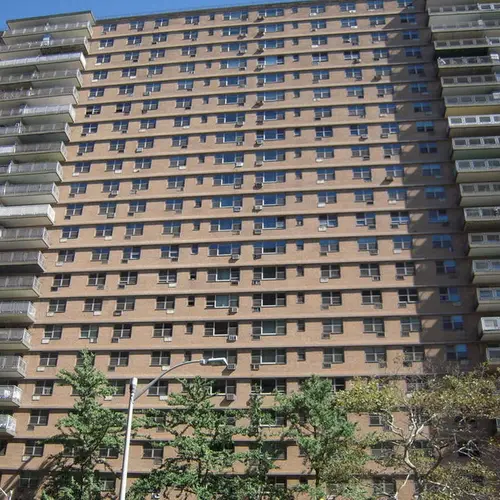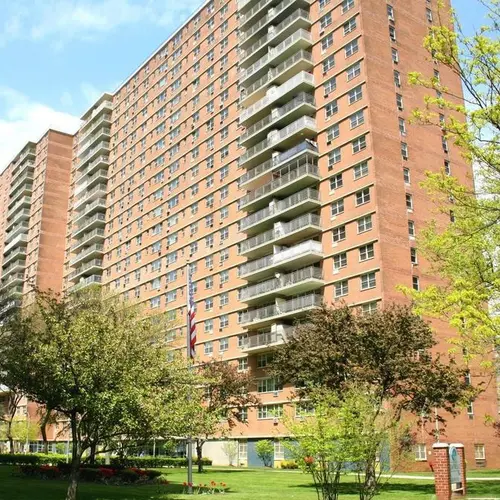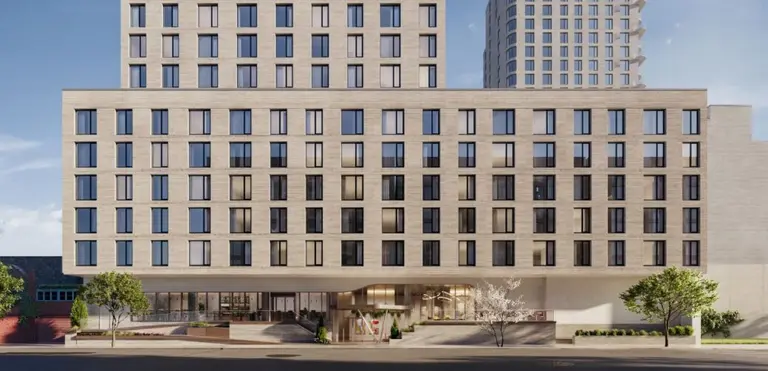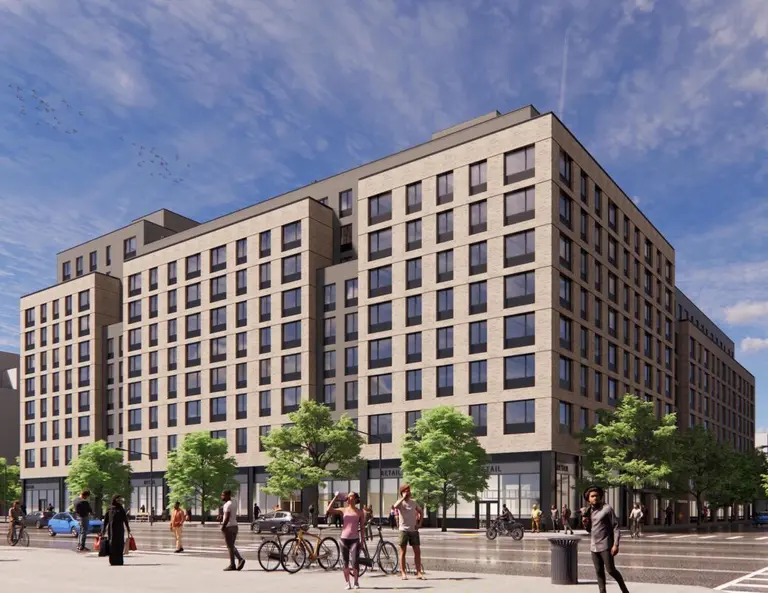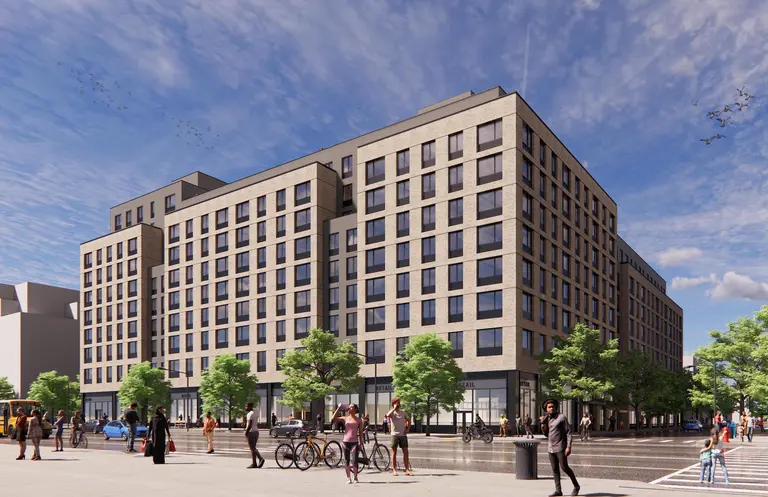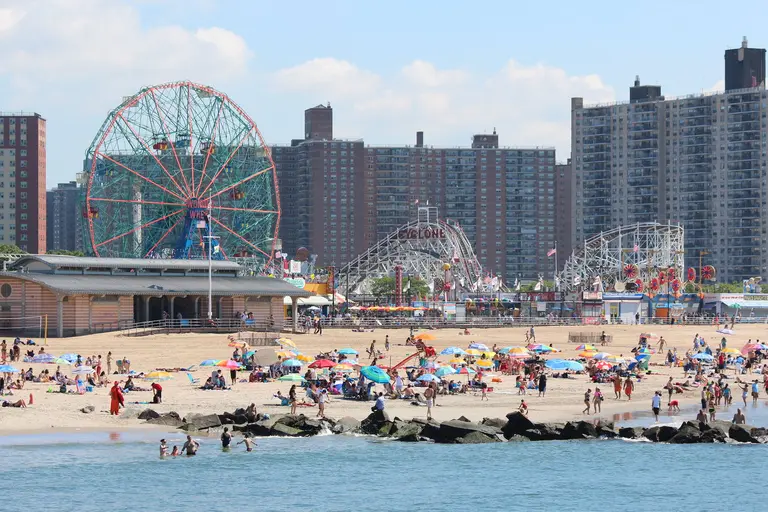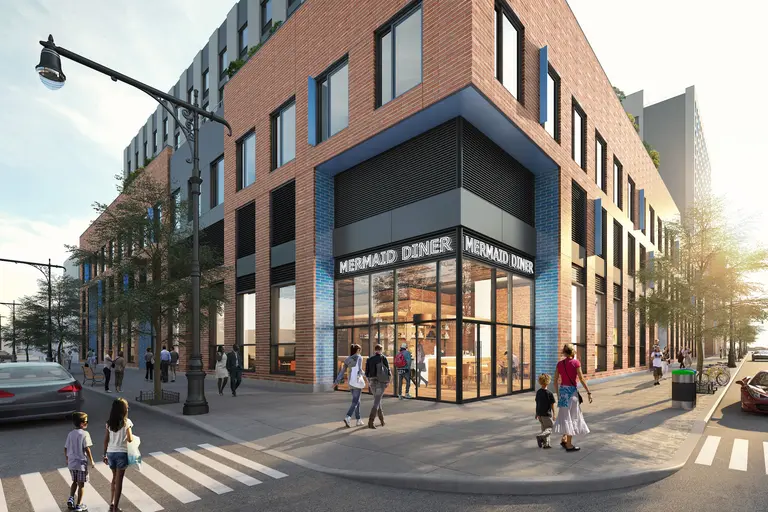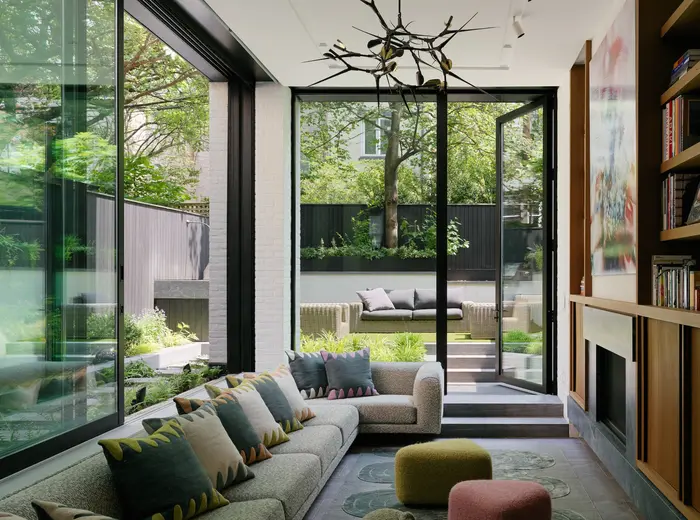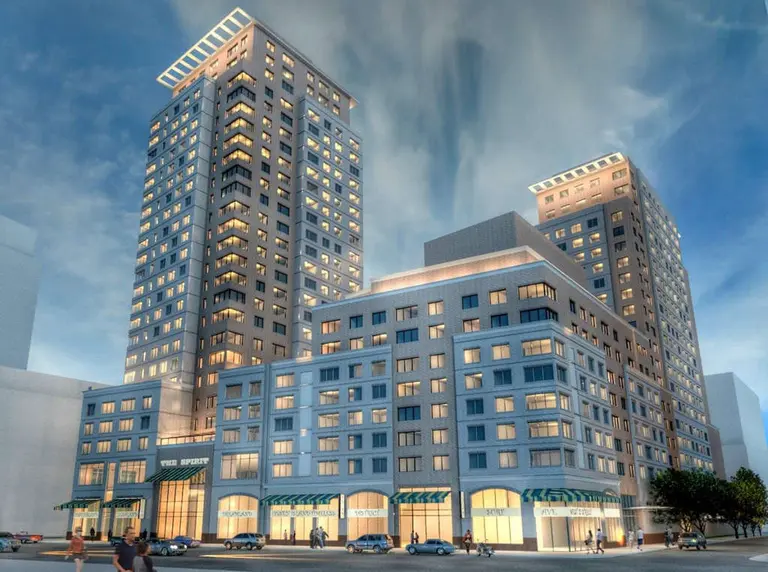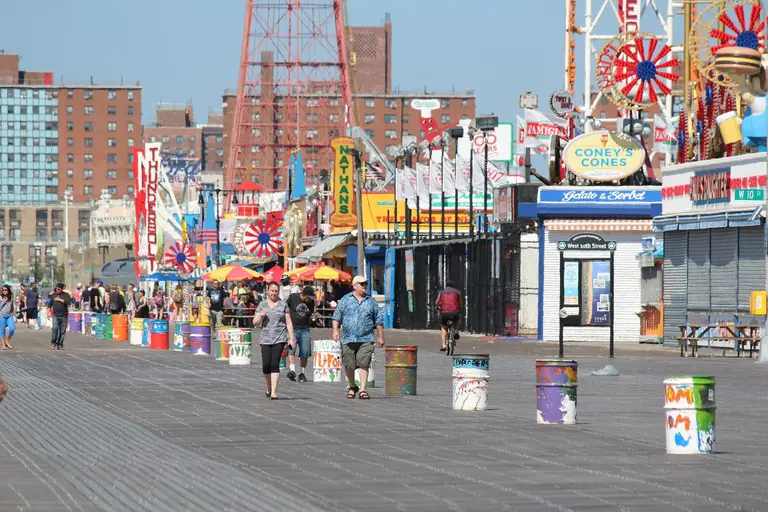Loss of affordability at Coney Island’s Trump Village highlights issues with the city’s Mitchell-Lama program
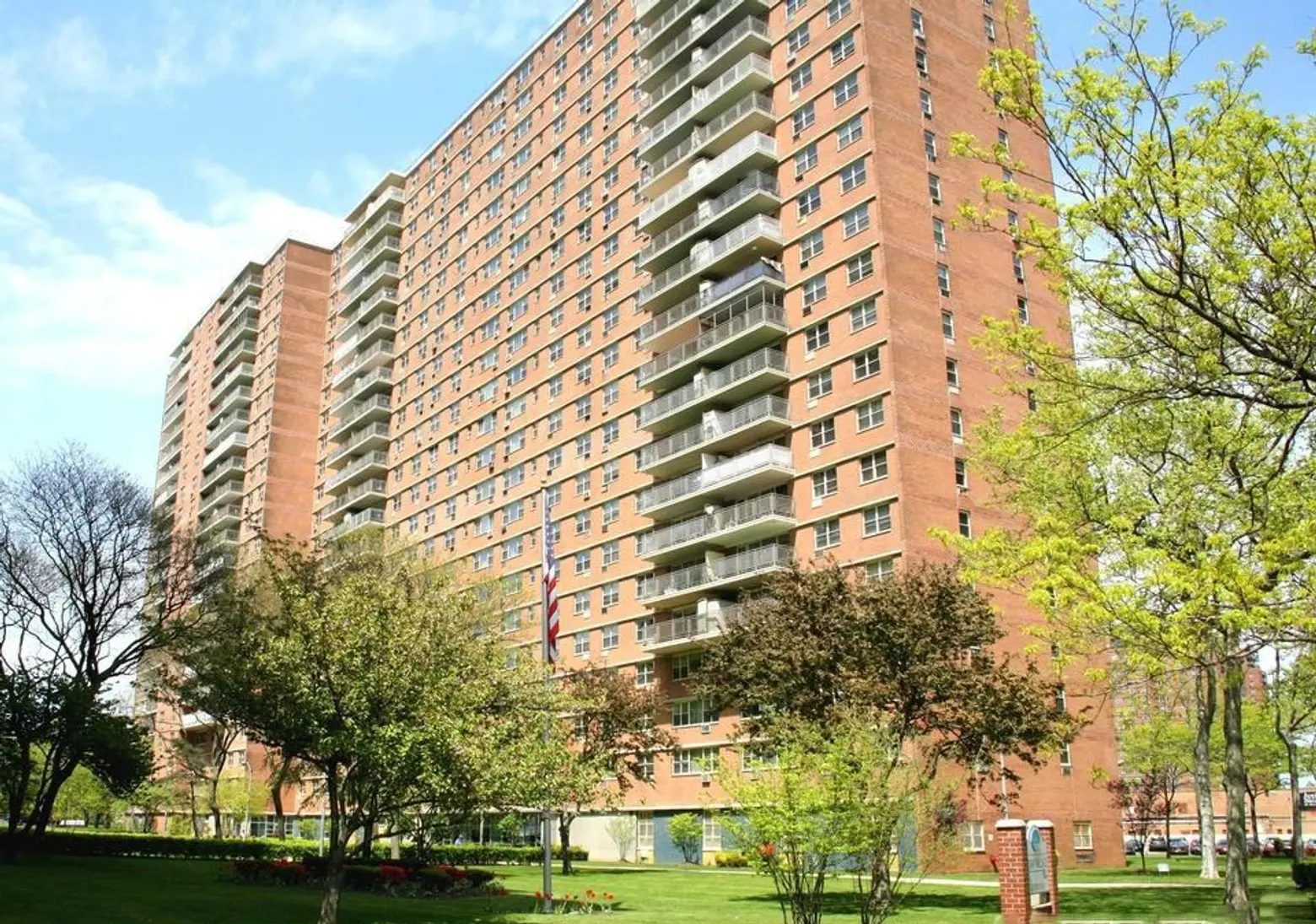
Photo of Trump Village West via Trump 4 West
Built by Donald Trump’s father, Fred, in 1964, Trump Village in Coney Island features seven 23-story towers with 3,700 co-op and rental apartments. To pay for the $70 million project, which would total $564 million today, Fred Trump used Mitchell-Lama, a government program that granted financial incentives in exchange for setting aside affordable housing. The typical rental contract lasts 20 years, and after that, landlords can opt-out of the program. As Crain’s reported, Trump Village became one of the first co-ops to exit the Mitchell-Lama program in 2007, letting residents sell their apartments for whatever the market allowed. Owners of 38,000 Mitchell-Lama apartments, representing 28% of the program’s housing, have left in the past 20 years. But as the value of these apartments, which were once affordable, keeps rising, New Yorkers looking for affordable housing there, and other former Mitchell-Lama apartments, may be out of luck.
Trump Village became the first project the president worked on as a developer and the first property with the family’s last name. It remains the city’s only Trump building named after Fred, not Donald. When describing Trump Village, Fred called it a “miracle mile [of] luxury housing with a “Taj Mahal of aesthetically appealing apartment houses [that would] combine resort living with city life.” In reality, the apartments had no air conditioning and the architecture didn’t stand apart from other public-housing developments constructed during that time. The Trumps owned part of Trump Village until 2003 when they sold them for $600 million after Fred died.
Created in 1959, the Mitchell-Lama Housing program was created to provide affordable rental and cooperative housing for moderate- and middle-income families. While these buildings are privately owned, they remain under contract with New York State to keep the prices affordable. Between the late 1950s and the early 1980s, nearly 140,000 affordable units were built under the program. Trump Village was one of the buildings created under Mitchell-Lama, a way to address the affordable housing shortage at the time.
While some residents who first bought co-ops at Trump Village still live there, others have left the apartments for their family members after they died. After residents voted to leave the affordable housing program in 2007, the price of these co-ops skyrocketed, with a two-bedroom apartment that was purchased for $30,000 in 1993, now worth $400,000. The former general manager of the co-op, Igor Oberman, joined the board in 2010, becoming president in 2012. Not long after, Hurricane Sandy hit the waterfront community and caused $10 million worth of damage, dropping apartment sales along with it. Trump Village’s flip-tax revenue fell by 35 percent, according to city records.
To make up for revenue loss, Oberman spent $250,000 on a playground and an indoor playroom. He changed the name to Trump Village West, from Trump Village Section 4 Inc. As a result, sales and property values at Trump Village rose by 58 percent. As the neighborhood’s value increased, those who first purchased their apartments as part of the affordable housing program could still sell their units. However, the co-op would then collect 20 percent of the sale proceeds in flip taxes. Plus, the co-op has the right to match any potential buyer’s offer, building a collection of apartments to sell and generate more revenue. According to city records, the co-op bought one apartment from a resident for $200,000 in December 2015 and then sold it four months later for $370,000. In May 2015, the co-op purchased another unit for $200,000 and sold it just over a year later for $470,000.
Allegedly Oberman began eviction proceedings against a resident who owned a dog, which was not allowed at the building at the time. However, the dog owner had the right to own a pet because he was a veteran who used the dog as a way to cope with his PTSD. Ultimately, the U.S. Justice Department ended up charging Oberman and the co-op in 2015 with unlawfully attempting to evict residents by discriminating against them. Oberman, who left the co-op board in 2015 but remains the building manager of Trump Village, faced other legal troubles when he was running for City Council. The Campaign Finance Board found that Oberman had illegally used co-op cash to promote his campaign, potentially facing up to $25,000 in penalties.
A petition was later created by the son of a former Trump Village apartment owner to urge fellow residents to fight back against Oberman’s tactics. The petition reads, “We are the shareholders of Trump Village, and we are tired of being treated unfairly by the management. We are tired of being afraid to speak up against the management. Stop Trump Village harassment and intimidation of its shareholders and residents.”
In general, apartments and co-op owners choosing to leave Mitchell-Lama will typically face a slew of complications according to Erica Buckley, a partner at law firm Nixon Peabody who formerly reviewed the plans of building looking to exit the program with the state attorney general’s Real Estate Finance Bureau. Those that choose to stick with the program have the benefit of using city or state authorities to support them during disputes. Private co-ops are forced to fight their own battles. Buckley told Crain’s: “They have a whole set of problems, no one to turn to, and they’re begging for a co-op or condo ombudsman that the Mitchell-Lamas have.”
[Via Crain’s]
RELATED:
